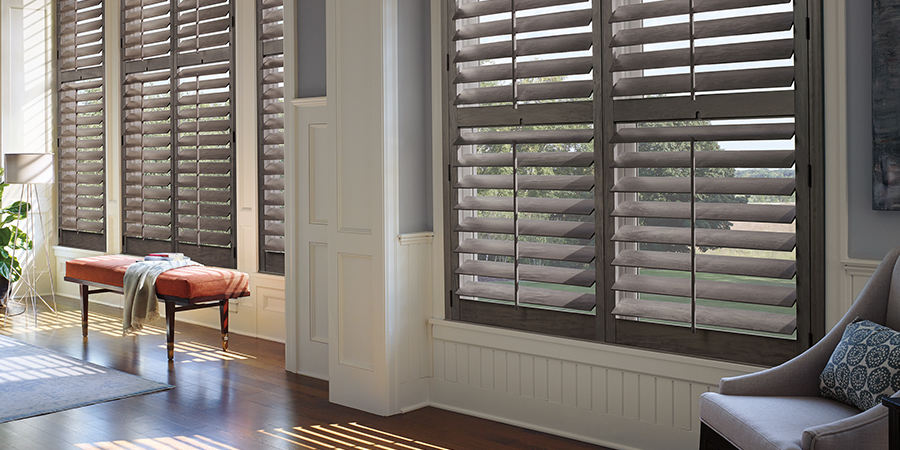
5 Types Of Thermal Window Coverings
There are many different types of thermal window coverings. If you want to lower your energy costs, you should consider getting one. They offer many benefits to your home and you. Thermal window coverings are great for keeping the heat in during the winter and the cold air out during the summer. This helps keep energy costs down because your heating/cooling unit won’t have to work as hard to keep the temperature of your home comfortable. But the window coverings must be used properly to get the maximum energy savings.
The type of covering and how it is used determines its ability to save energy. Below are five types of thermal window coverings:
1. Window shades
A single sheet of fabric is suspended from a roller at the top of the window. The shade can be rolled up or down to expose or cover the window. The shade may have sidewalls that extend to the floor for better coverage when lowered.
Window shades can be made with air-permeable or air-impermeable fabric. Air-permeable fabrics allow sunlight and heat to pass through, but they block some infrared radiation (heat). These fabrics are best for reducing solar heat gain in the summer while allowing daylight into your home. Examples include loosely woven or perforated material, such as those with a pattern of holes punched in them, and some sheer fabrics like voile, organdy, and batiste.
Air-impermeable fabrics do not allow sunlight or heat to pass through. These are best for reducing heat loss in the winter. Examples of these include vinyl, aluminum foil, Mylar, or heavy blackout draperies with thermal liners.
2. Thermal curtains
The cheapest and easiest to install thermal window covering is a set of good old-fashioned heavy curtains. The curtain can be hung on a pole or a track and should extend as close to the floor as possible.
A thermal curtain should have either an interlining or a lining. An interlining is an extra layer of fabric applied between the face fabric and the lining on the back of the curtain. The air trapped between this double layer acts like a blanket and slows down heat loss from your home.
A good alternative to an interlining is a heavy lining, ideally, one that has been coated with aluminum foil on one side. This type of lining reflects heat back into your room instead of letting it escape through your windows.
3. Insulated Cellular Shades
One of the most popular window coverings, honeycomb or insulated cellular shades trap air in insulating pockets, serving to slow heat transfer between the home and outdoors. The number of pockets and their relative size determine the shade’s R-Value, a measure of insulating power.
The greater an insulated cellular shade’s R-Value, the better its insulating properties. A more insulating product means that less heat is transferred through it. For every degree you can raise your thermostat in the winter or lower it in the summer, you can save 3{5ab75762cf707683d7af2475431dd95a23fbc9cf5cb8a45517116f350cf35bde} on your energy bill. In fact, a properly outfitted home could save up to 10{5ab75762cf707683d7af2475431dd95a23fbc9cf5cb8a45517116f350cf35bde} on heating and cooling bills by using ENERGY STAR qualified windows and efficient window treatments. For example, a product with an R-Value of 4 might help reduce heat loss through a clear double pane window by as much as half.
Insulated Cellular Shades are available in both light filtering (allowing varying degrees of light to pass through) and blackout (completely blocking light from passing through) options.
4. Quilted Shades
These shades have a special lining that absorbs heat before it enters your home, making them a great option for south- or west-facing windows that bear the brunt of the sun’s rays. They are also available in varying densities and coverage levels, so you can customize them to your needs.
5. Honeycomb Shades
These shades are made from two layers of fabric with an air pocket in between, which helps keep out unwanted heat and cold. The cellular design is great for blocking out light, and if you add a blackout liner, you can keep out 100 percent of outside light.
Conclusion
The window coverings you choose for your home not only play a key role in privacy but also determine the amount of light and heat that enters. Curtains and drapes are some of the best choices when it comes to controlling the temperature of your home naturally. They keep homes cool in summer and prevent heat loss in winter.

